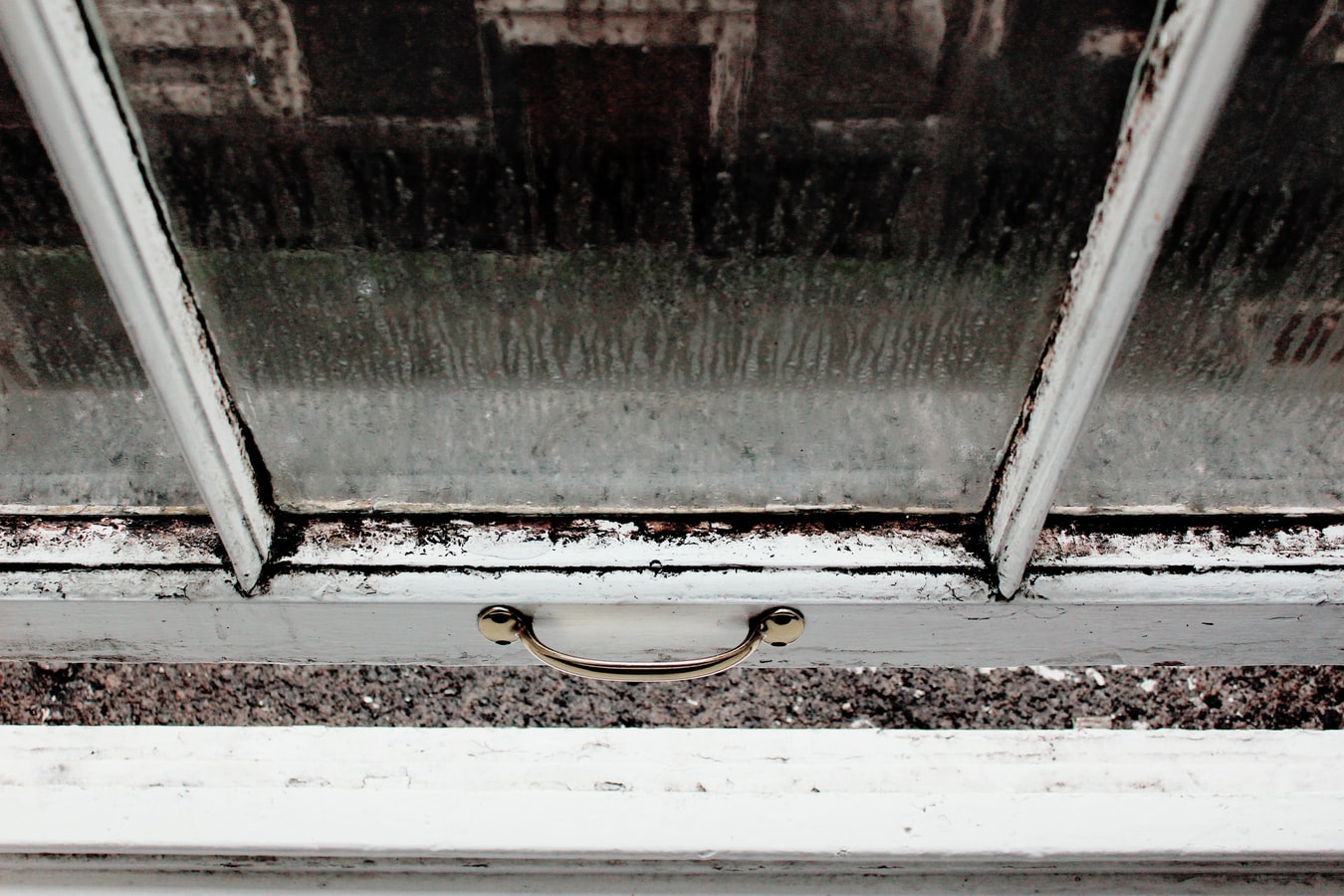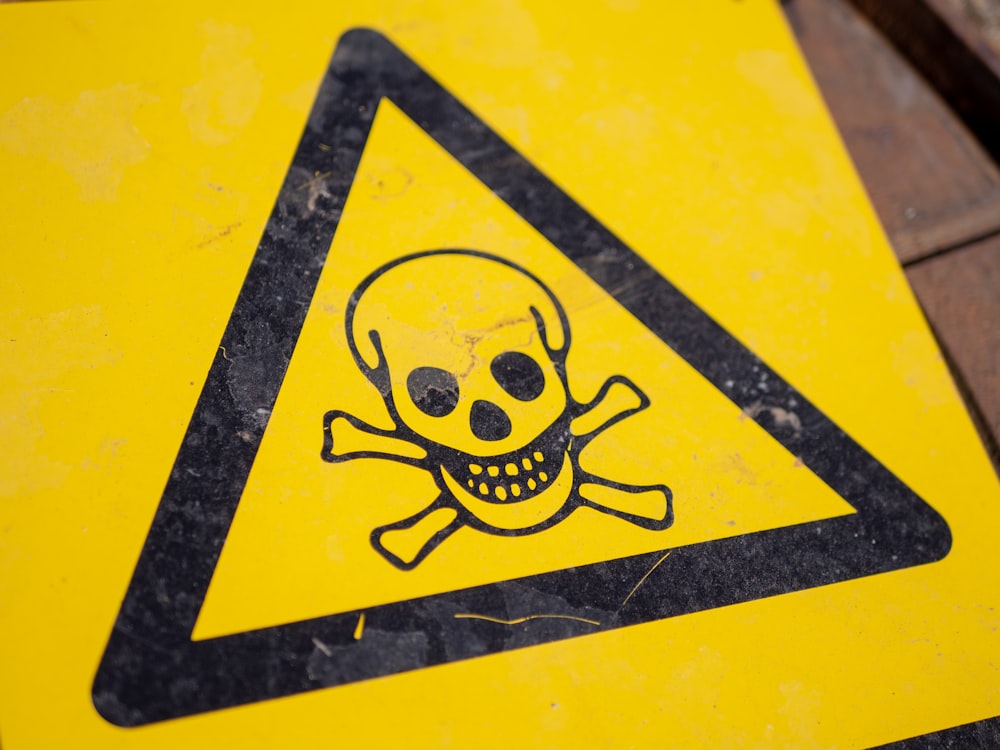Do You Have Toxic Black Mould?
Toxic Black Mould – Facts

Toxic Black Mould Facts – A mould is a form of fungus. It’s present nearly anywhere, including the atmosphere. Generally, ordinary amounts of mould in the surroundings don’t pose a significant health risk to fit individuals with a normal immune system function.
First, there is no scientific proof to imply that vulnerability to Stachybotrys Chartarum is significantly more harmful than exposure to some other sort of mould.
Toxic black mould or Stachybotrys Chartarum. It may discharge spores as it feeds on natural substances in ordinary household substances. Like drywall, carpeting, insulation or sub-flooring which were subjected to moisture.
Furthermore, if these spores are inhaled or ingested it can lead to a variety of unpleasant and even dangerous symptoms to people.
The most usual black mould symptoms and health risks are related to the respiratory system’s reaction.
However, folks can be more sensitive to mould spores than others. In addition, they might develop respiratory symptoms after inhaling a few spores. In massive amounts, mould spores may lead to serious health risk in nearly to anybody.
Therefore, individuals should get rid of any mould growth in the house and take action to keep it from growing back.
Mould in homes can be an expensive and a dangerous issue, especially when infestations of toxic black mould happen. The signs and health dangers of black mould exposure and black mould poisoning ensures a vast assortment of medical issues.
However, understanding the indications of a mould is developing in your home will help keep you and your family secure.
What Causes Black Mould
Black Mould can influence our health, the construction of our home and also may destroy our furniture.
In addition, it could spread quickly without the homeowner’s knowledge since it typically develops in areas which are not within our everyday field of sight.
When most plants require sunlight to survive, mould thrives from darker regions. That is the reason your cellar and loft are primary locations of the least favourite fungal invader.
However, in case you do not understand the causes of mould growth. It will be hard for you to understand what to search for and when it is growing in your house.
Roof Leaks
Mould is brought by moisture and any openings in your roof which will eventually cause mould growth. Rain, snow, and sleet all supply sufficient moisture for mould to live as long as there is a food supply where it can flourish.
Toxic black mould will feed onto a lot of things such as insulating materials, cardboard boxes as well as the structural beams of your residence.
It is recommended that you fix any holes created by several creatures like rodents or bird. or another reason whenever possible.
Pipe Leaks
Any kind of water leaks like a flooded basement or pipe burst is an invitation to moulds. However, unlike a flooded a cellar, a leaky pipe is not always so obvious.
Pipes beneath the walls of our home and a leak can spring within those walls. However, in case you are not conscious of a leak, it may set up a store and disperse quickly. Drywalls appear to be what mould often love and grow on.
If you found out there is a leak, immediately fix the leak and make sure that you’ve dried the region thoroughly. Furthermore, look for any kind of odd scents.
A mould has a distinctly musty scent and should you notice the odour. It is a sure sign you have a mould growth someplace in the area.
Laundry Room Moisture
The laundry area may not be your initial suspicion for mould growth. The warmth your dryer e emits may easily boost the humidity when combined with all the moisture in the washing machine.
Regular inspection of this room will help with mould prevention. Ensure that you move the washer and dryer away from the wall and look behind them and any pipes in your washer.
Poor Ventilation
Attics lead themselves to bad ventilation. The temperature as the area heats up throughout the day and cools at night frequently contributes to the warmth and moisture buildup.
Assess your air ducts too. Change your air filters frequently and also look at getting air filters with higher evaluations to decrease the odds of mould growth.
Furthermore, the ventilation in your toilet will there be to circulate the warmth generated from showers. This allows mould growth as it is simply carrying the humidity from the toilet and into an even less ventilated portion of your dwelling.
If possible, open a window or operate a fan whilst taking a shower to reduce the moisture generated from all of the steam. The primary purpose is to get any moisture ventilated to the outside.
Weather Strippings
Weatherstripping around doors is designed to keep water out. However, like everything else, it is going to wear down with time.
Have a better look in the weather stripping around your windows and doors to check for any wear or tears. Furthermore, broken weather strippings may allow moisture indoors.
Black Mould Exposure – What Are The Health Risks
Toxic mould may result in various kinds of illnesses which are caused by mould poisoning.
However, the ordinary mould infestation isn’t poisonous to a person’s wellbeing. Hence, it’s essential to have the knowledge to spot symptoms to be able to keep your house and loved ones healthy.
Toxic mould is composed of volatile organic chemicals (VOCs) which are formed from the creation of mould spores. These toxins can be particularly harmful to people and might even affect the nervous system and the respiratory system.
More symptoms which could result from mould poisoning are lethargy, dizziness, memory loss, and even infertility at someone that has been exposed to toxic black mould.
Should you suspect toxic mould is an issue building up in your house. Hence, it is not just essential to eliminate the infestation, but finding a professional for mould treatment is a must.
Mould Health Symptoms
Complications
Mould allergy symptoms are triggered by an overly sensitive immune system reaction. In addition, some reaction causes the release of compounds like histamine which irritate. Furthermore, mould allergies symptoms are watery eyes, runny nose, and coughing.
Moulds are extremely common both indoors and outdoors. There are various kinds of mould, however, only some could trigger allergies.
Hence, being allergic to mould does not necessarily mean that you’ll be allergic to all kinds of moulds. One of the most common moulds that cause allergies includes Alternaria, Aspergillus, Cladosporium and Penicillium.
Allergic Reactions
Symptoms differ from each person and it varies from moderate to severe. You might have year-round signs or signs that flare up during particular times of the year.
You will notice symptoms once the weather is moist or any time you are in indoor or outdoor spaces which have elevated concentrations of mould. Mould allergy triggers the very same signs and symptoms which exist in different kinds of upper respiratory ailments.
Mould-Induced Asthma – Individuals allergic to mould, breathing in spores can cause an asthmatic reaction. In case you’ve got mould allergies and asthma, make sure to have an emergency plan in place in the event of a serious attack.
Allergic Bronchopulmonary Aspergillosis – This occurs to people with asthma or cystic fibrosis.
Hypersensitivity Pneumonitis – A rare condition when exposed to airborne contaminants like spores which causes the lungs to become inflamed. In addition, it might be triggered by exposure to allergy-causing dust.
Allergic Fungal Sinusitis – An inflammatory response of the nose from the mould.
Health Risk Factors – Black Mould Exposure
Mould can grow fast and almost anywhere in conditions where it can flourish. For example, kitchens, supporting walls, moist surfaces, and carpet pads. Exposure to elevated levels of family mould can trigger mould allergies
Allergy History – People with asthma and allergies are more likely to be diagnosed with mould allergy.
Frequent Mould Exposure – Employments where mould exposure is relevant like farming, dairy, logging, baking, millwork, carpentry, farming, winemaking, and furniture restoration.
Poorly Ventilated Homes – Tight door and window seals can trap moisture inside and prevent proper ventilation. Hence, creating perfect conditions for mould growth. Damp locations such as kitchens, bathrooms and basements are the most frequent are for mould infestations.
Humid Homes – Humidity with greater than 50% have an increased possibility for mould to build up in your property.
Misconceptions in Black Moulds
A lot of people fear once they spot mould in their homes they assume it is of the poisonous kind. However, there are different types of mould and most of these are black. This does not mean they are all of the toxic black moulds you often hear.
The mould itself is not poisonous; it can, however, create what are called mycotoxins.
Another frequent misconception is when removing toxic black mould is treated differently than other forms. However, it is suggested that regardless of which kind of mould is located in a house or public facility. Mould must all be removed in precisely the same procedure and using the very same precautions.
Furthermore, others tend to observe toxic black mould is uncontrolled and can appear anywhere. As it is thought to be rare, it is not quite as common as other kinds of moulds like Aspergillus, Cladosporium, and Penicillin.
Problems on Black Mould
Toxic black mould can trigger severe health issues in adults and kids. Nearly all the time if a person has a response to toxic black mould, the indicators are extremely much like hay fever.
If you start having indications of allergy reactions it is recommended to take regular allergy medications. However, it is not advisable to check around to the possibility of mould in your house or workplace. Rather consult a mould expert for the treatment process.
Irrespective of whether it is toxic black mould or other more kinds of mould. It is causes difficulties in health and also your home. Furthermore, a mould infestation is ought to be eliminated no matter how mild the condition is for safety.
Signs Of Mould Growth
Growth
Mould feeds on your resources which is just another reason that the storage in your house are areas mould growth is more probable. In addition, mould will feed on curtains, fabrics, rugs, and wood.
Spores
Mould spores require water along with a feeding supply to flourish. mould will feed on an assortment of different things, however, the secret is the moisture.
Have you ever noticed any mirrors or windows on your house often fogging up and collecting moisture? If this is the case, this is an indication that you have a high moisture percentage in some areas of your property. Not having a suitable ventilation system which removes any extra moisture out of your house, you are most likely to get mould on your property.
Another indication of high moisture content is a moist or muggy feeling in certain areas of your house. This is more often in areas like your attic or cellar.
Odour
Moulds may be stealthy, but it does not mean it is completely hidden. Mould emits a very recognizable odour. It is a musty odour and you probably associate with a moist feeling in the room.
Allergic or Asthmatic Reactions
Individuals who are allergic to mould will experience symptoms when you are experiencing mould growth in your property. Mould growth can lead to a vast array of symptoms in various individuals based on the severity of the allergy.
These signs may be the normal allergy symptoms like a runny nose, scratchy throat and watery eyes or they could be severe. Some folks experience respiratory problems, headaches, skin issues and even melancholy.
It is also important to be aware to keep a watch out for any symptoms. Should they start to reveal signs and appear to be untreatable, it may be a sign for you to perform an inspection for mould infestation.
Why You Need An Expert For Black Mould Removal
MouldnMore mould treatment, removal, and remediation cleaning, also carry out mould testing. We always want the best protection for our clients. In addition, Mould and More want to guarantee quality services and a health-damaging free environment.
You can know more about us here. Otherwise, you can also contact us here. MouldnMore guarantees 100% quality and diligent work at the most competitive rates. The team’s objectives are to serve our clients without hesitation. Treat them in the most professional and friendly manner and give them the highest satisfaction they want.




